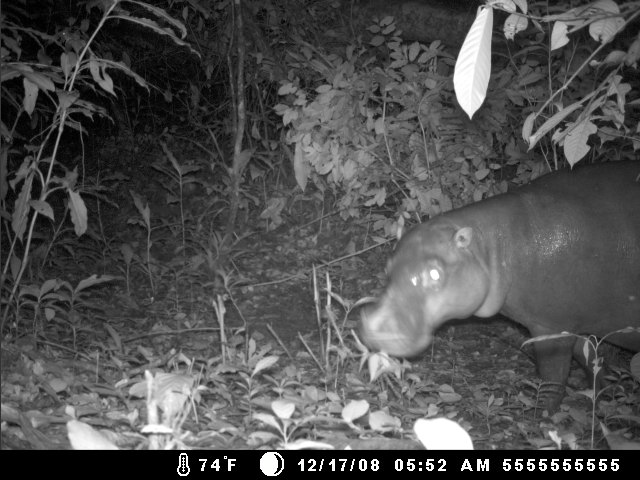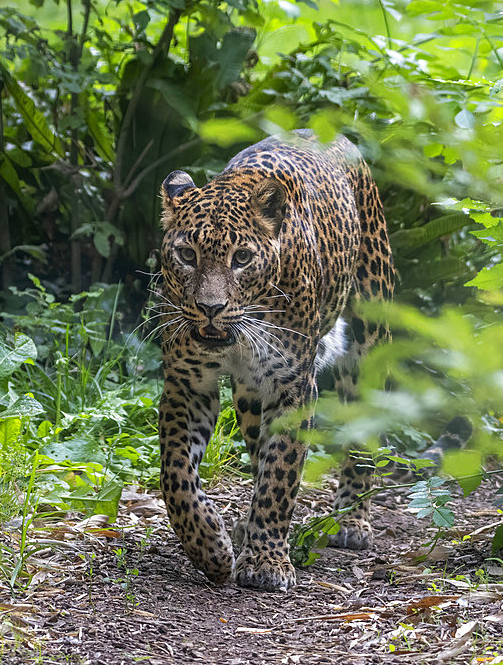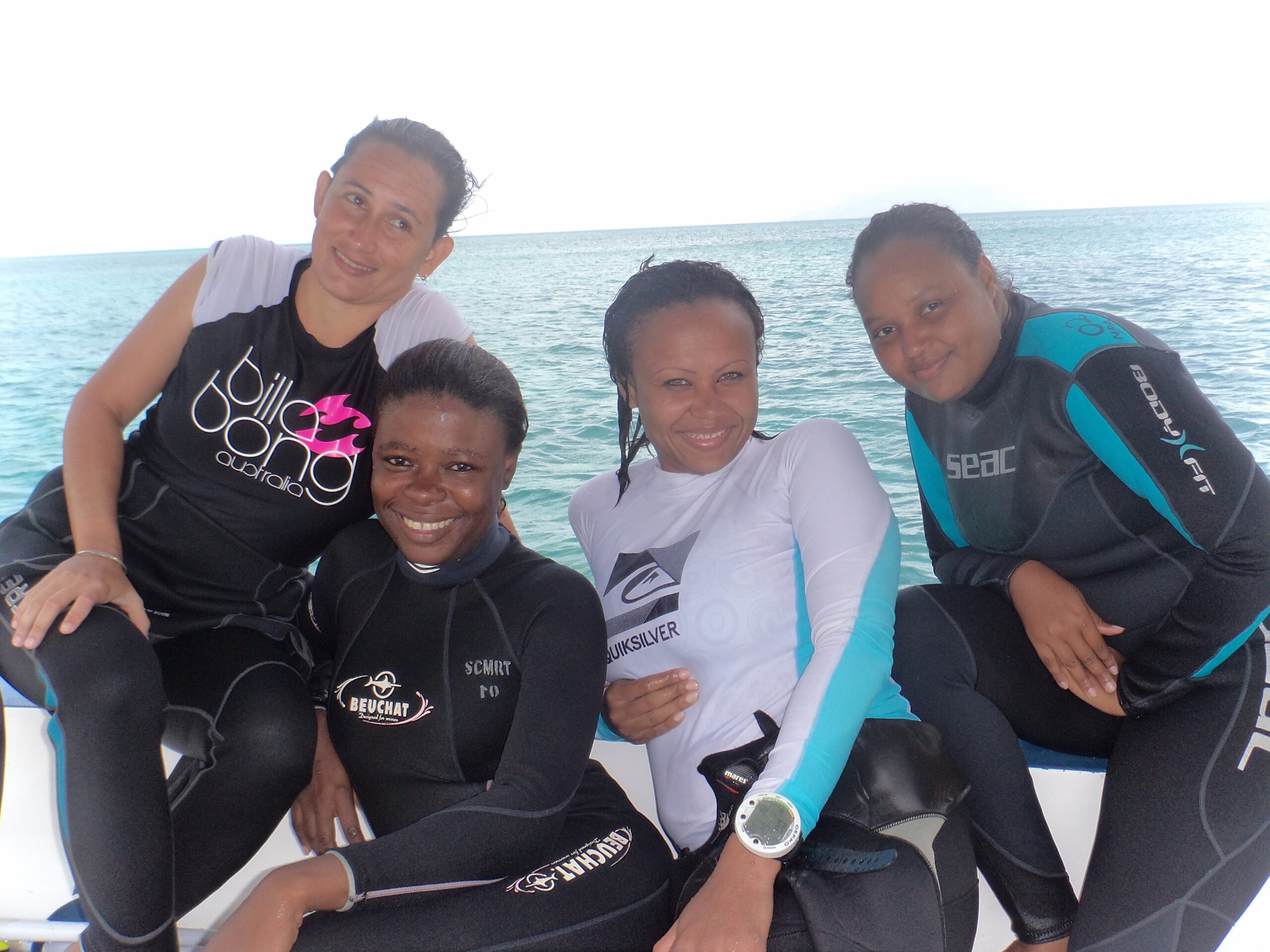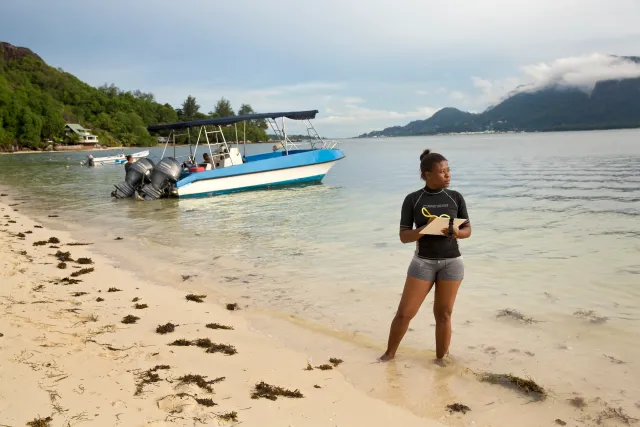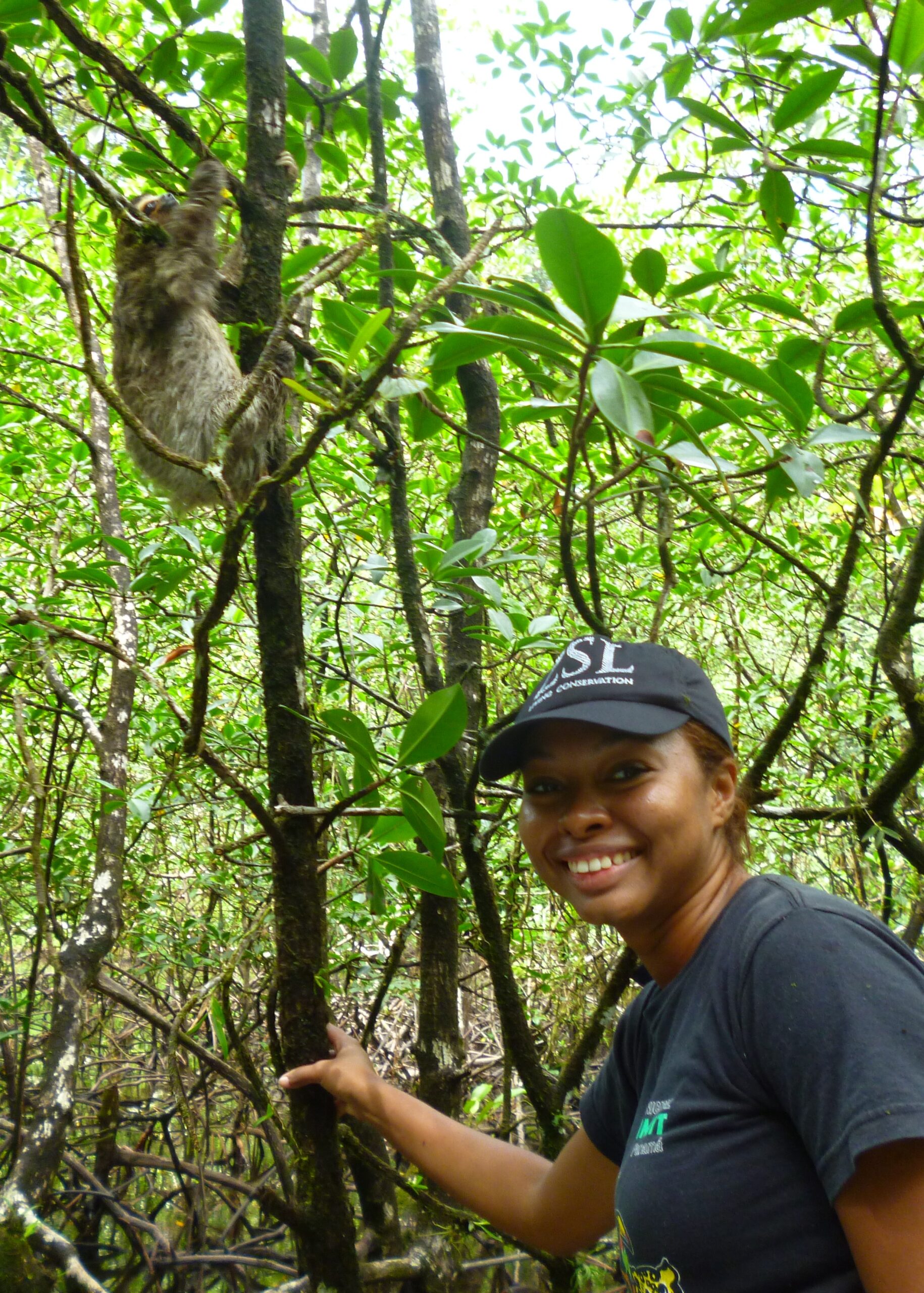This year marks 15 years since the EDGE of Existence programme was launched in 2007!
To date, we’re proud to have supported 129 EDGE Fellows to conserve 127 EDGE species, in 46 countries around the world.
We are celebrating this incredible milestone, by sharing 15 achievements that have taken footsteps forward in conservation over the last 15 years.
In this three-part blog series, we will showcase the amazing success stories that the EDGE program and Fellows have achieved! Hopefully inspiring you to be courageous changemakers for conservation too.
Our first five achievements saw the creation of our first EDGE list, the rediscovery of species thought to be extinct, and women leading in conservation.
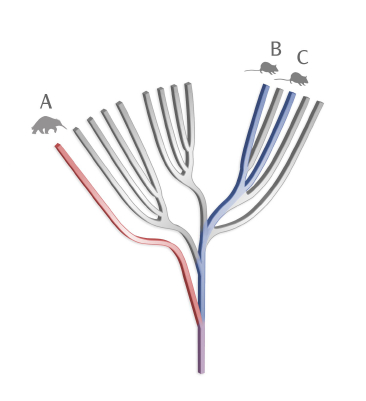
In 2007 the world’s first EDGE list was created, the EDGE list for mammals. The EDGE list ranks species for conservation based on a complex formula, which combines extinction risk with how isolated (or irreplaceable) that species is on the Tree of Life. This helps to highlight species that are particularly Evolutionarily Distinct and Globally Endangered (EDGE). These evolutionarily distinct species often possess unique characteristics that are no longer found anywhere else on Earth.
The EDGE score offers an at-a-glance guide to both a species evolutionary uniqueness and conservation status. This provides wildlife scientists worldwide with a scientifically rigorous way of focusing their conservation efforts. The vision is to shine a light on those species that, if they were allowed to go extinct, would effectively take an entire branch of the Tree of Life, and all unique characteristics, with them!
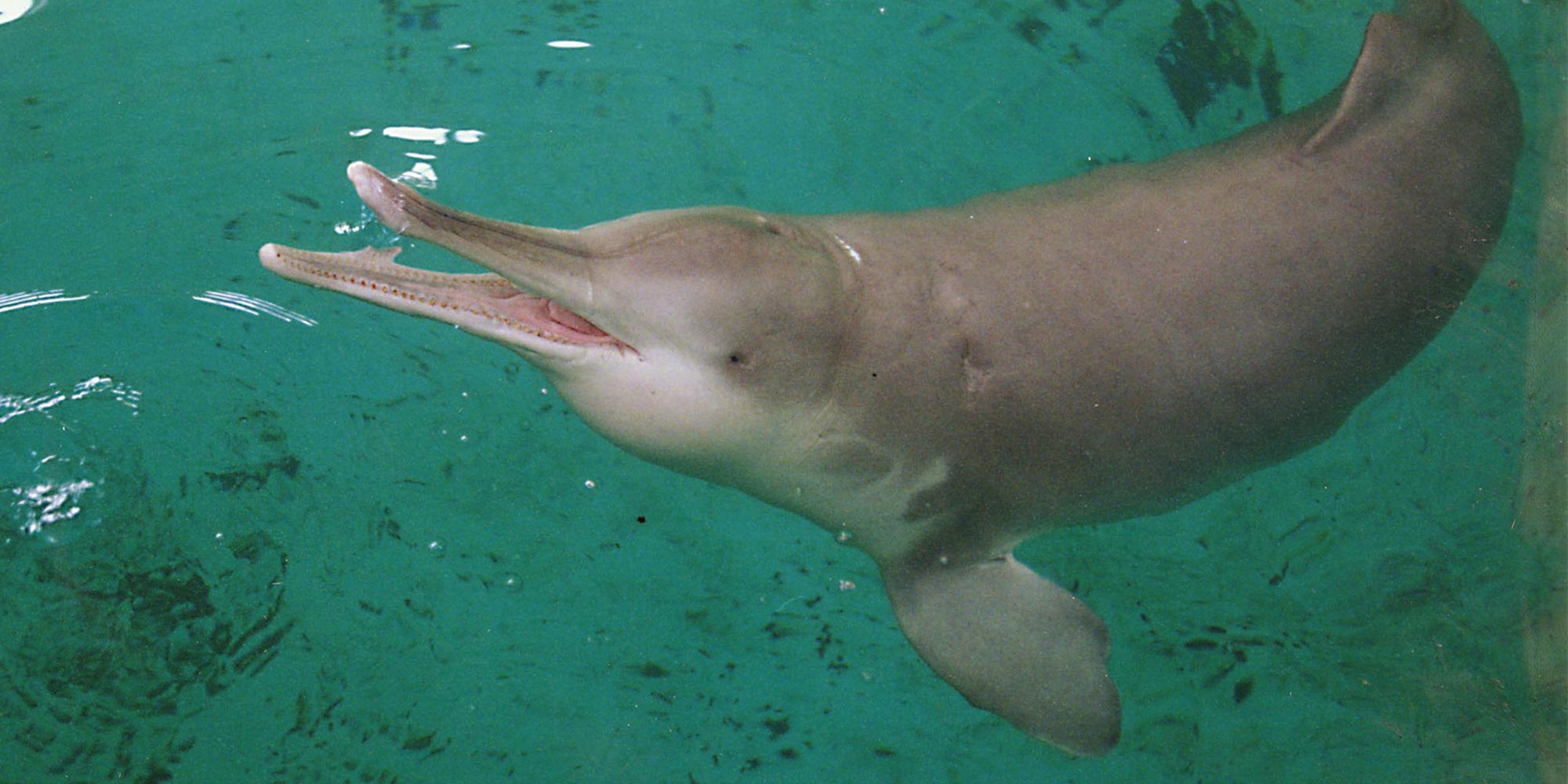
The inaugural EDGE mammals list was topped by the baiji, a river dolphin that is thought to be functionally extinct. It also included previously overlooked species such as echidnas and pangolins, and well-loved species such as elephants and rhinos.
The EDGE mammals list has since been followed by:
- EDGE Amphibian list in 2008
- EDGE Coral list in 2011
- EDGE Birds list in 2014
- EDGE Reptiles list at the start of 2018 and
- EDGE Sharks and Rays list at the end of 2018
- EDGE Gymnosperms list in 2022
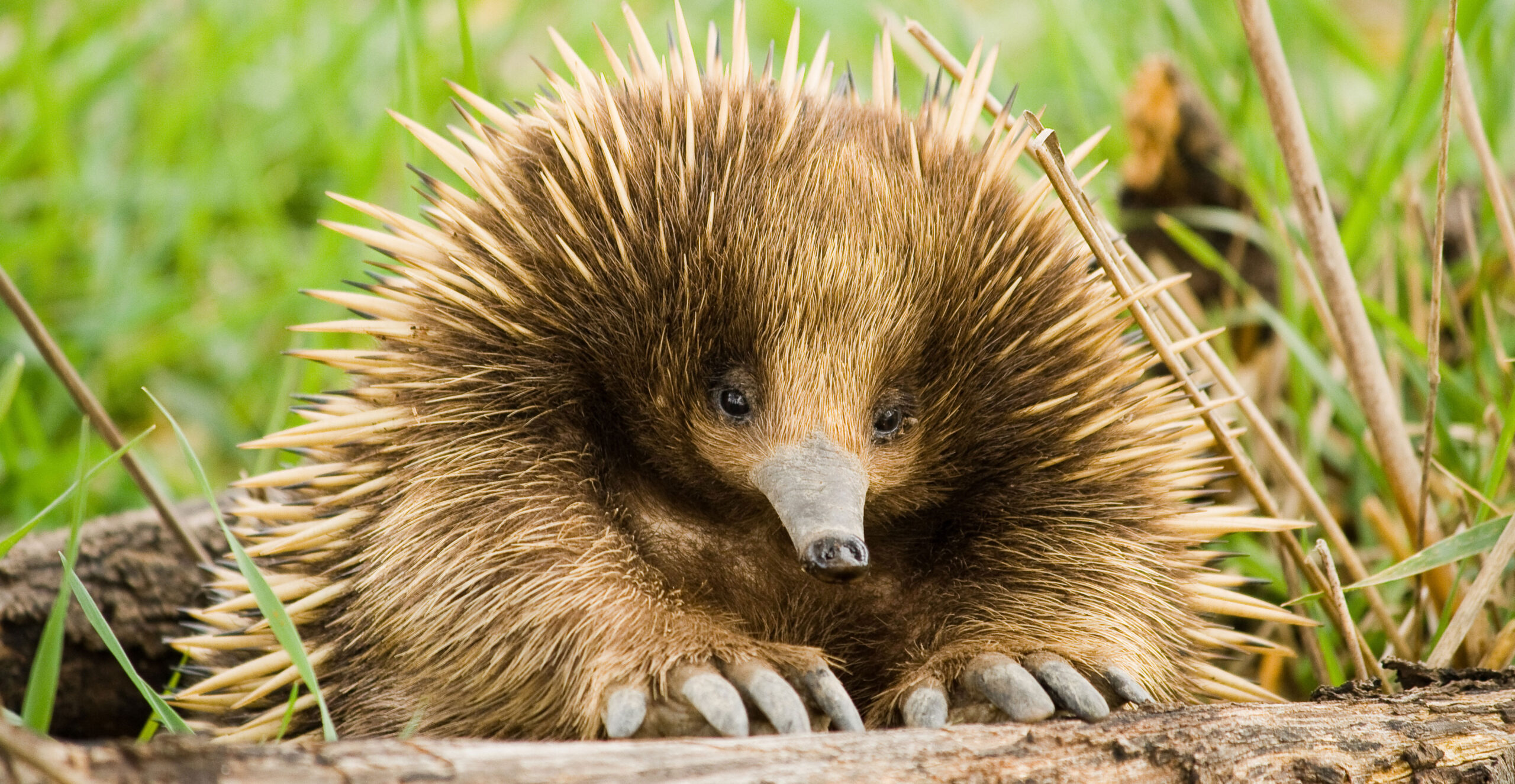
In 2008, EDGE Fellow John Konie and a ZSL team started a new programme designed to examine the status of the Endangered pygmy hippo (Choeropsis liberiensis), in Sapo National Park, Liberia. The pygmy hippo is the smaller, reclusive and nocturnal cousin to the more widely known common hippo.
The team designed a monitoring programme to improve the understanding of the species, as well as other rare and threatened species in the area. In March of 2008 this monitoring programme captured photographs and video footage of the endangered pygmy hippo, leading to greater insight into the status of this elusive species. We believe these to be the first photographic records of wild pygmy hippos in Liberia ever!
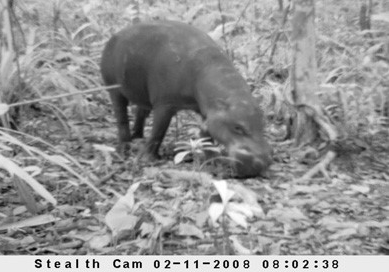
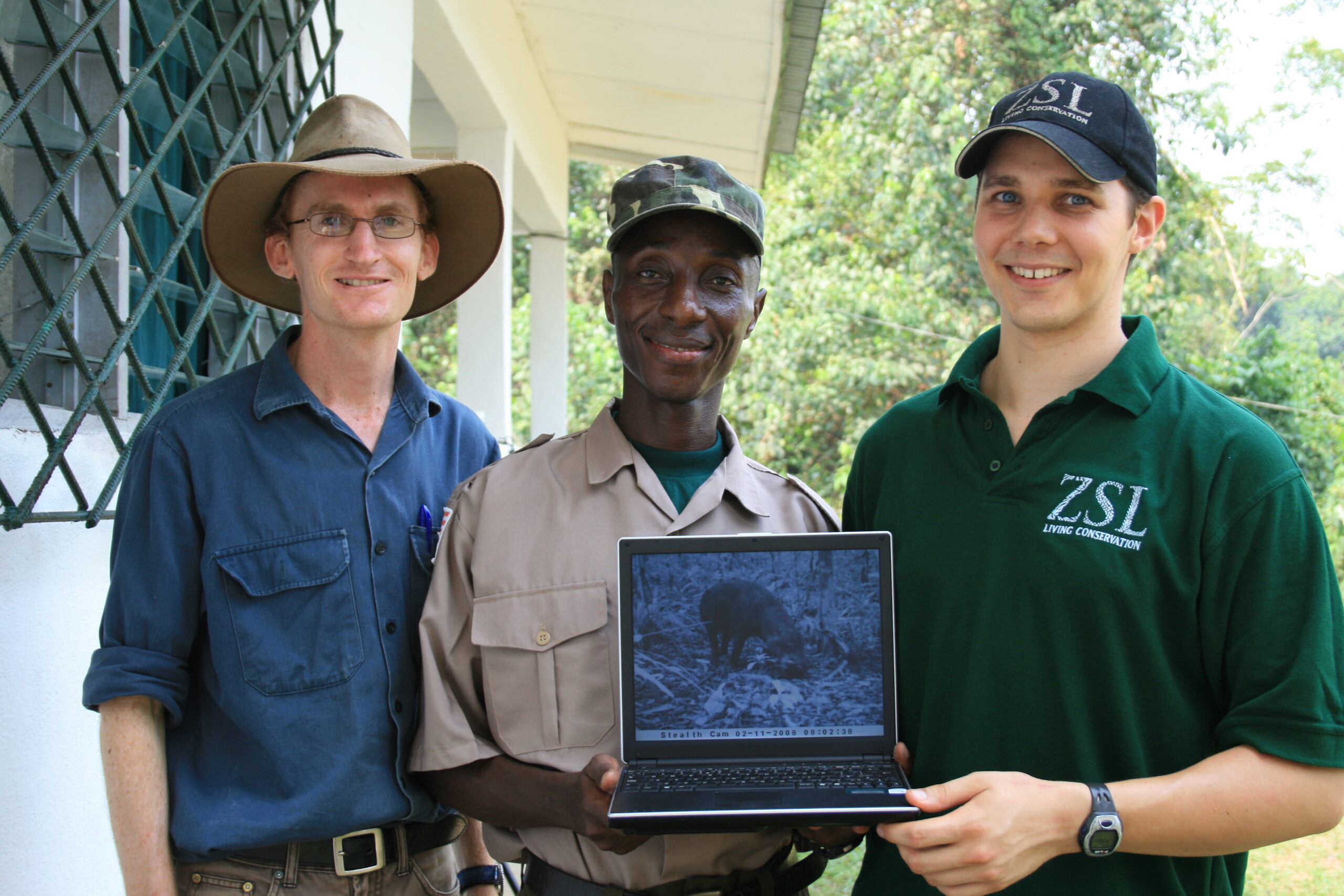
While the threats to the pygmy hippo remain severe, particularly forest loss, fragmentation, and opportunistic hunting, the footage John and the team collected has had a huge impact. It has highlighted that Sapo National Park, Liberia’s only National Park, is a stronghold for the rapidly depleting global population of the pygmy hippo, and extremely important to their conservation.
After the discovery, in 2010 the team hosted the first ‘International Pygmy Hippo Conservation Strategy Planning Workshop’. It was held in Liberia and attendees included government staff (from Côte d’Ivoire, Guinea, Liberia, and Sierra Leone), conservation NGO staff, species conservation specialists, representatives from academic institutions and other key stakeholders. From the workshop, a regional conservation strategy under the umbrella of the IUCN SSC Hippo Specialist Group was produced. The strategy articulated the vision, goal, objectives, and actions required for conservation of pygmy hippos in their natural habitat.
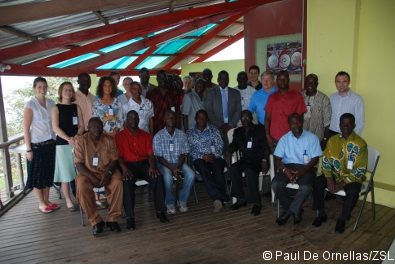
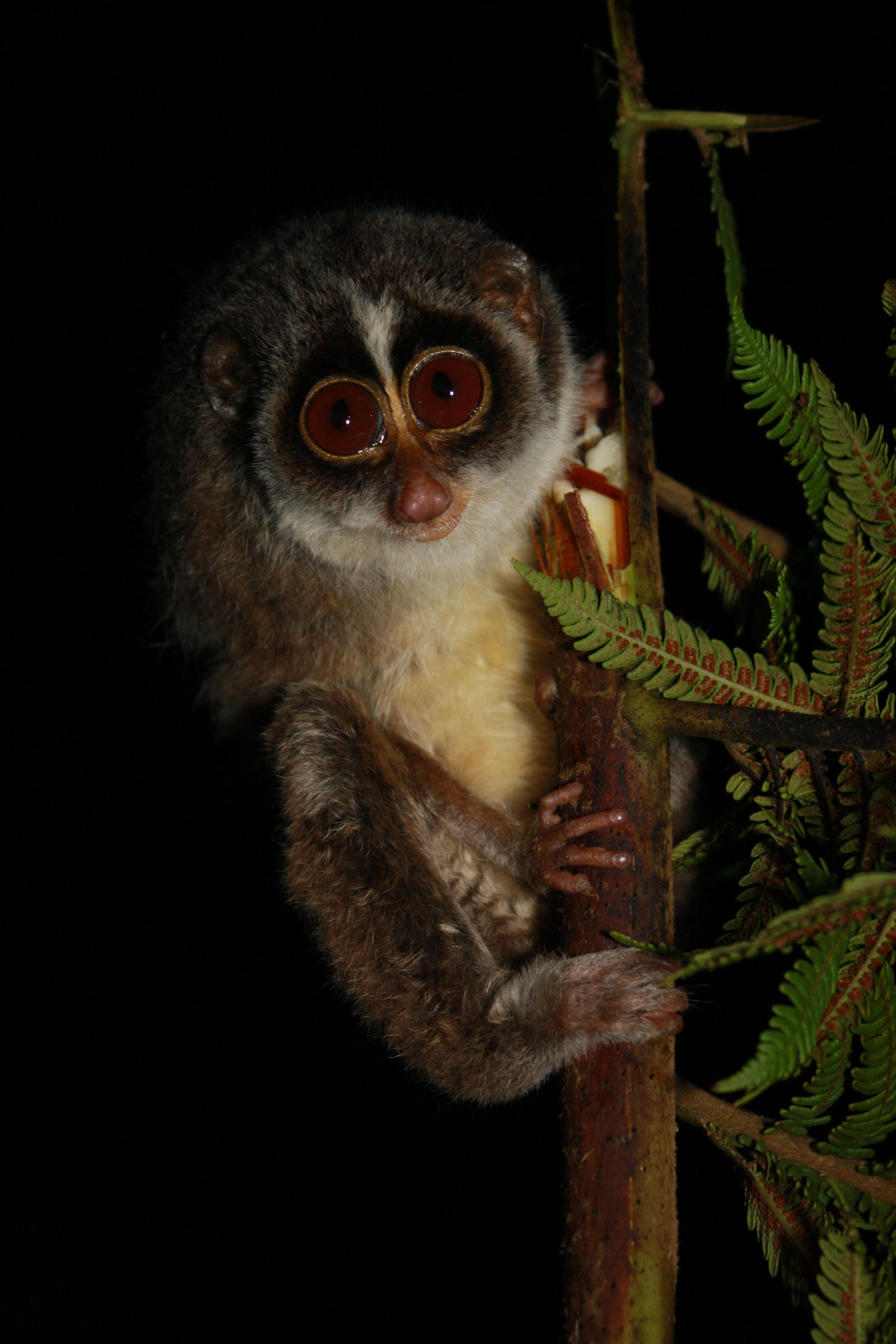
In 2010 the elusive Horton Plains slender loris (Loris tardigradus nyctoceboides), now known as the Highland Slender Loris, was caught on camera for the first time by ZSL EDGE researchers. The species had only been seen four times since 1937 and then vanished, leading scientists to believe the wide-eyed mammal had become extinct. The team spent more than 200 hours looking for signs of the nocturnal primate in the mountain forests of central Sri Lanka and were fortunate enough to not only spot the illusive creature, but also photograph it!
The photos show an adult male Horton Plains slender loris, characterised by its short limbs and long dense fur, sitting on a forest branch. The team were able to conduct a close examination and improve knowledge of the species. These were the first photographs in 65 years, and the proof of their continued existence.
Due to the team’s incredible discovery, a plan was put in place to focus efforts on the conservation and restoration of the remaining montane forest where the species was found. The plan aimed to establish a participatory reforestation programme, creating ecological corridors between fragmented forest patches in the highlands of central Sri Lanka. They targeted former forested areas which were redundant scrubland on degraded areas of plantation, planting native species to establish ‘new’ forest corridors.
This not only benefits the Critically Endangered loris, but also a host of other species found within the threatened montane forest environment such as the leopard (Panthera pardus kotiya), the ‘shaggy bear monkey’ (Trachypithecus vetulus monticola), the endemic Nillu rat (Rattus montanus), and the Sri Lanka spiny mouse (Mus ohiensis) amongst others.
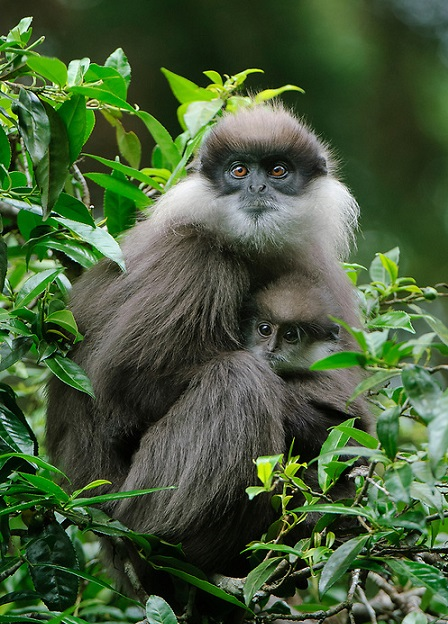
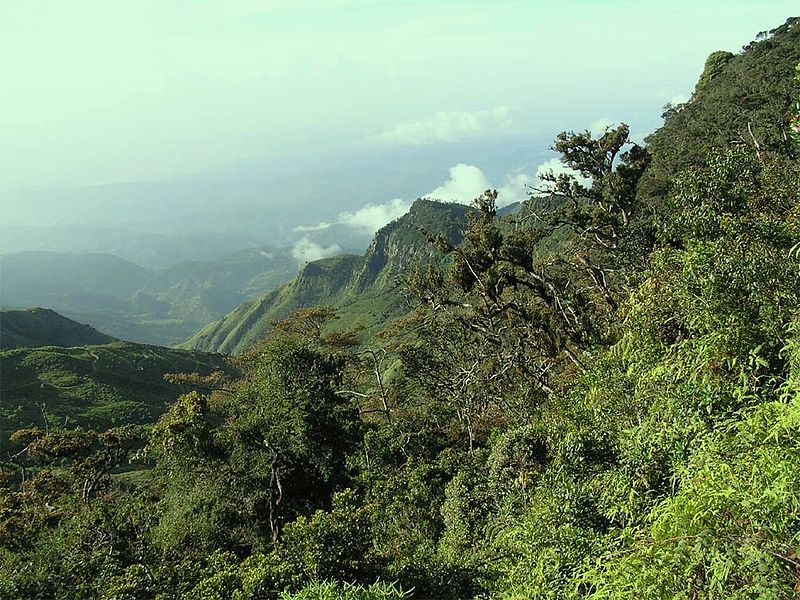
To aid in the conservation efforts, an online campaign by EDGE was launched and raised over £5,000! These funds, along with those from other sources, aided in establishing community nurseries to be used to commence pilot planting in two sites in the highlands.
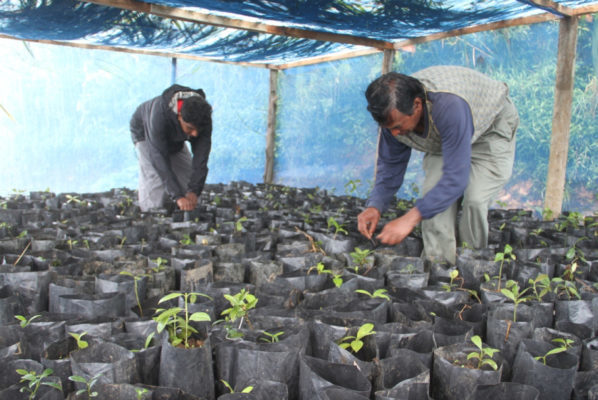
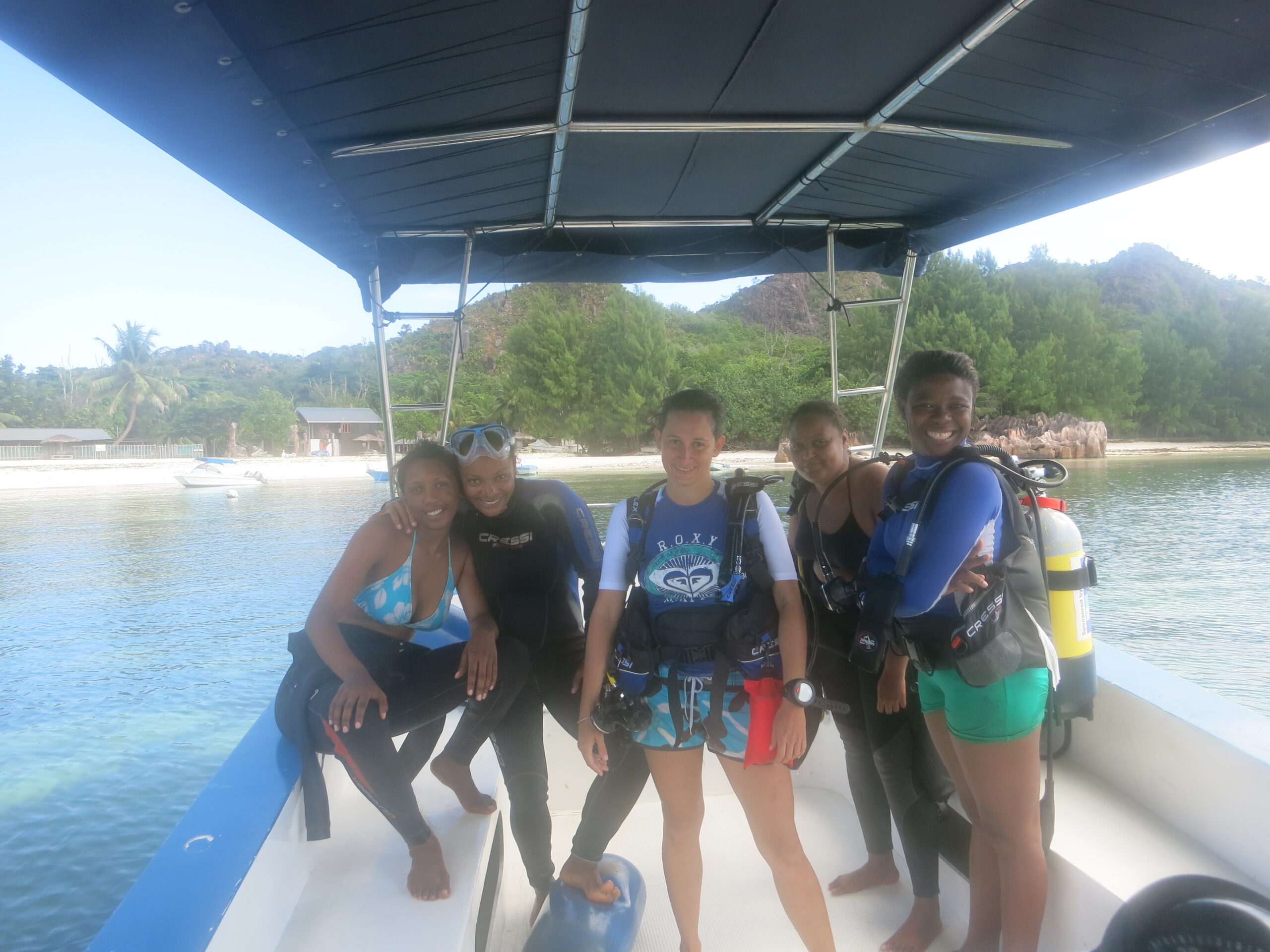
In 2013, EDGE Fellow Sylvanna Antat formed the first Seychelles all-female marine patrol and research team. There is a large female presence in conservation in the Seychelles, from marine biologists to researchers, but the public’s perception that female divers are rare was still there. The team set out to show the wider public that marine conservation was a rewarding, safe career for woman to pursue, and that women can take the lead!
The team conducted numerous educational activities with school children which was an important step in showing girls the pathways they could take when choosing their careers. These events promoted positive, strong, female role models they could look up to.
Since then, ladies from the team have gone on to complete master’s degrees, take on leadership positions in different organizations, become consultants and designed their own coral reef projects. Sylvanna continues mentoring women, providing support for skills development and building/acquiring qualifications, through her role as Director of Research at Blue Economy Research Institute at the University of Seychelles.
Across the world, women’s leadership in conservation efforts is often invisible, but in Seychelles, women like Sylvanna have spearheaded sustainable practices and worked to find practical solutions to counter the negative impacts of climate change and degradation of ocean environments.
In 2014, EDGE Fellow Diorene Cabellos was part of a team of ZSL and EDGE scientists that undertook an ecological assessment of the Critically Endangered pygmy three-toed sloth (Bradypus pygmaeus). The species is endemic to Isla Escudo de Veraguas, a 4.3 km² island 17km off mainland Panama which is the only land mass in the Escudo de Veraguas-Dego Protected Sanctuary. Although Escudo is protected, its natural resources are utilised by local communities and threatened by overexploitation of fisheries, increasing tourism, extraction of timber and increasing amounts of litter. Historically there had been little conservation attention, or support, for the pygmy sloth and the island habitat it depends on.
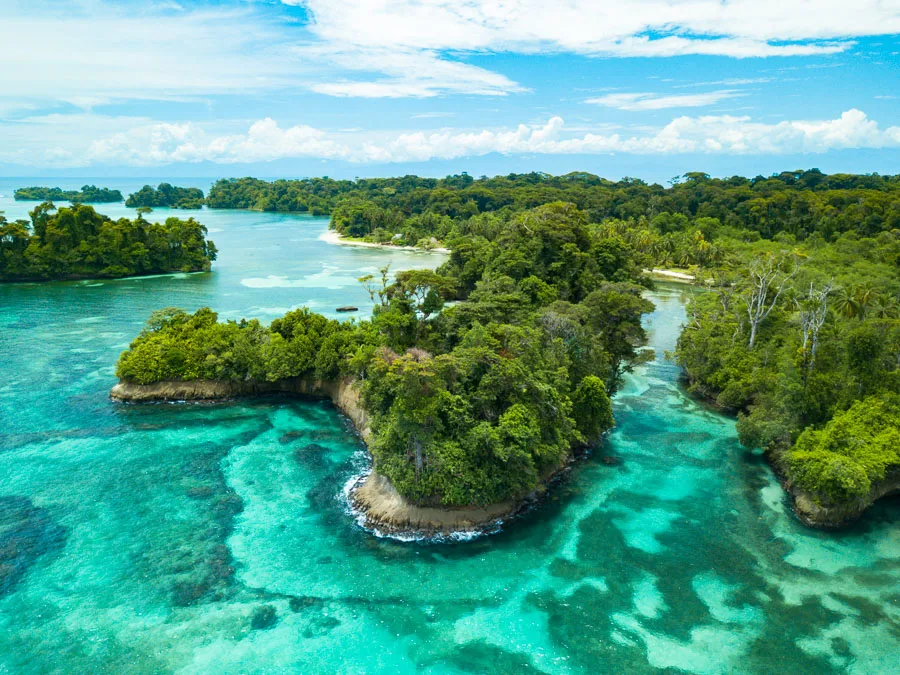
The team set to change the level of conservation attention and developed a long-term monitoring protocol. This protocol was used to detect any changes in the species population size and further investigate the potential existence of sloths in the interior tropical forests, and swamps, not just in the coastal mangrove habitat they were believed to solely inhabit.
In October 2014, the presence of the pygmy sloth was officially confirmed for the first time deep in the forests, when a female pygmy sloth was observed on a tree. This was evidence that the sloths move and feed within the forest habitat as well as the coastal mangroves. The discovery enabled the team to gain important data on the behavioural ecology of the species and scale up deployment to monitor seasonal habitat use.
In 2016, a year after completing her Fellowship, Diorene was awarded the Disney Conservation Hero Award for her dedication and hard work towards the conservation of the pygmy sloth. Diorene has joined the IUCN Xenarthan Specialist Group and has helped to establish a collaborative ‘Committee for the Protection of the Pygmy Sloth’ overseeing conservation and research activities.
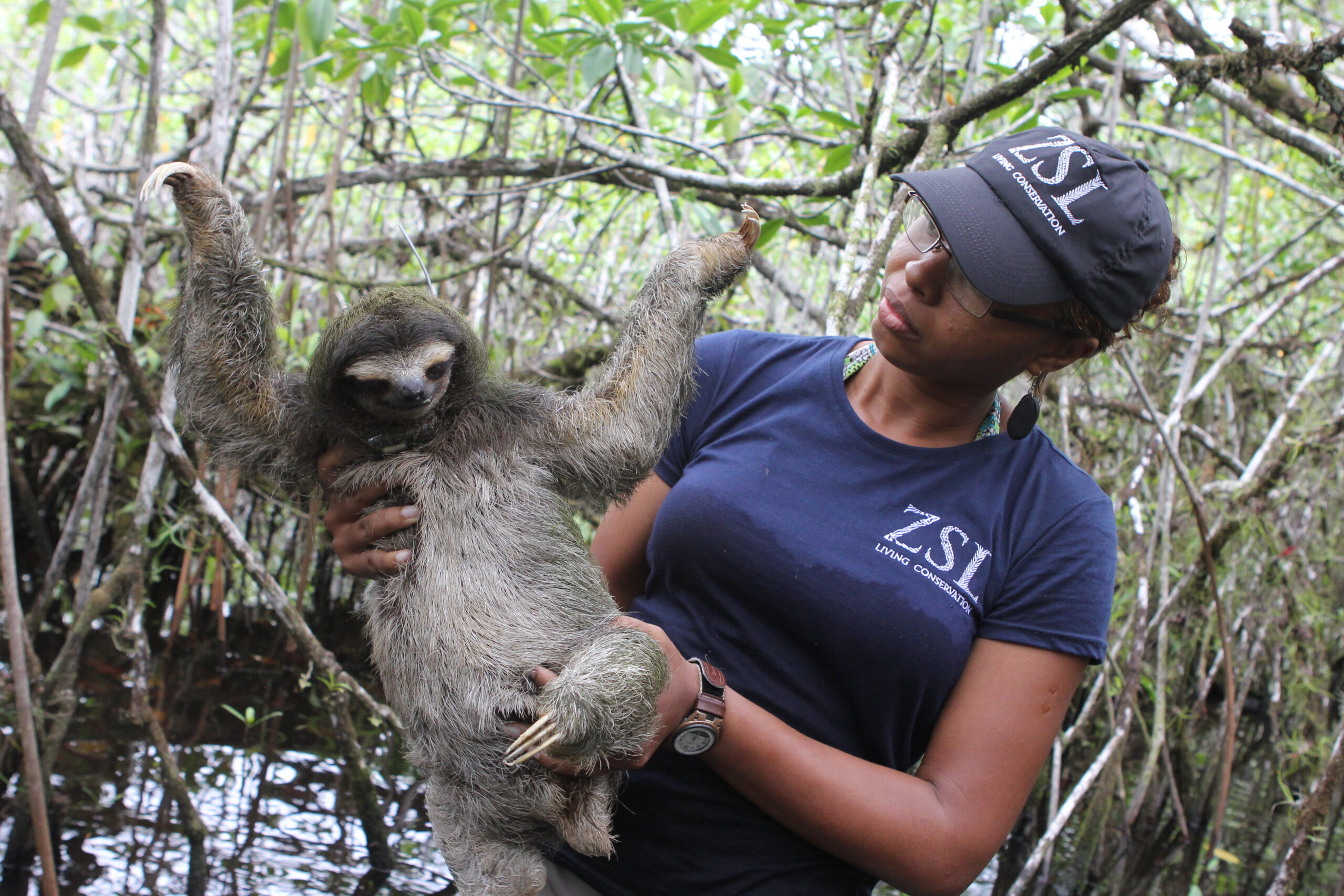
Stay tuned for our next blog celebrating five more success stories and take more footsteps forward in conservation with us.
If you want to get involved and support the vital work done by the EDGE program and our incredible Fellows please click here.

